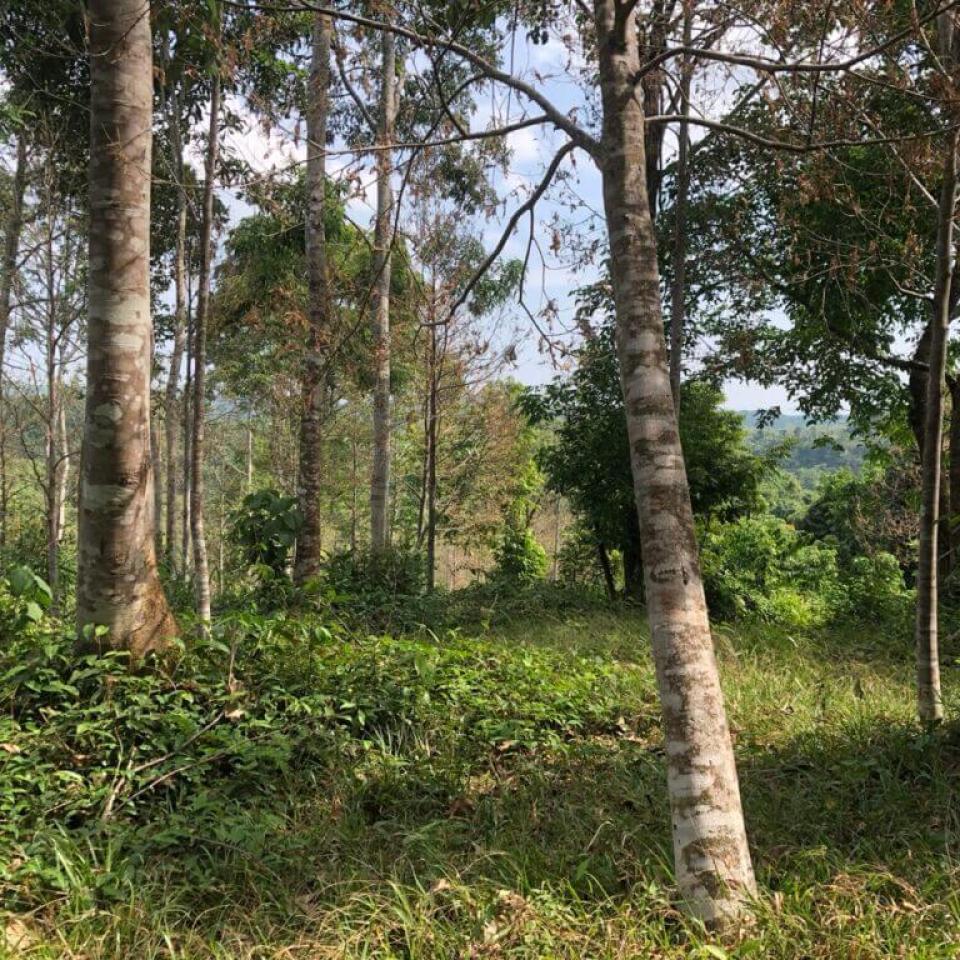
About Agarwood
What is Agarwood?
Agarwood (also known as aloeswood, eaglewood, oudh or guharu) revered for centuries for its distinctive fragrance and medicinal properties, has a rich history intertwined with cultural traditions and luxury markets worldwide.
Originating from the heartwood of Aquilaria tree species, agarwood is cultivated through a meticulous process where Aquilaria trees are carefully inoculated to stimulate the natural resin production, resulting in the highly valued agarwood over several years.
Agarwood commands a high price due to its rare and intricate cultivation process, lengthy maturation period, and the unique, rich aroma it provides, which is highly sought after in perfumery and traditional medicine and has been a symbol of opulence and spirituality, making it a sought-after commodity in international markets.
The market for agarwood is a complex and ever-evolving landscape, marked by its rarity and high value. As a luxury item, it commands significant interest in international markets, particularly in the Middle East, Europe, and Asia, where it’s used in perfumery, incense, and traditional medicines. The growing demand, coupled with its limited natural availability, has led to innovative cultivation methods and sustainable sourcing practices, reshaping the agarwood industry’s future.






What Makes Our Agarwood Special?
Myanmar’s agarwood stands out in the global market for its exceptional quality and unique characteristics.
The distinct environmental conditions of Myanmar, combined with traditional and modern cultivation techniques, result in agarwood and oudh oil with unparalleled aromatic profiles.
Our agarwood is not just a product; it’s a creation of Myanmar’s rich biodiversity and heritage in agarwood cultivation. This, coupled with our organic patented inoculation formula, plus our commitment to sustainability and ethical practices, makes our Myanmar agarwood a premium choice for connoisseurs and luxury markets worldwide, enhancing its appeal and value in the global agarwood industry.
Aquilaria in Myanmar
Myanmar’s Aquilaria trees, the source of prized agarwood, flourish mainly in the humid regions between 17º and 23º north latitude. While successful in these wetter areas, establishing Aquilaria plantations in Myanmar’s drier parts is challenging without significant irrigation, often resulting in high tree loss.
Kachin State, in northern Myanmar, is renowned for its abundance of high-quality A. Malaccensis trees. These are the chosen seeds for Agarwin-Keystone’s plantations in Yangon Division, ensuring the cultivation of top-tier agarwood.
Since 2004, the Myanmar government has promoted Aquilaria planting as a way to boost rural income. In Kachin, many resettling families have planted these trees since the 1990s, diligently caring for them in small plots. This personal attention contributes to the trees’ health and longevity.
The 2000s saw a rise in large-scale Aquilaria plantations, often including diverse species like rubber and sandalwood. However, without ongoing investment in irrigation and care, many of these extensive plantations face neglect. This highlights the importance of sustainable practices in the agarwood industry, a key focus for Agarwin-Keystone in Myanmar.

